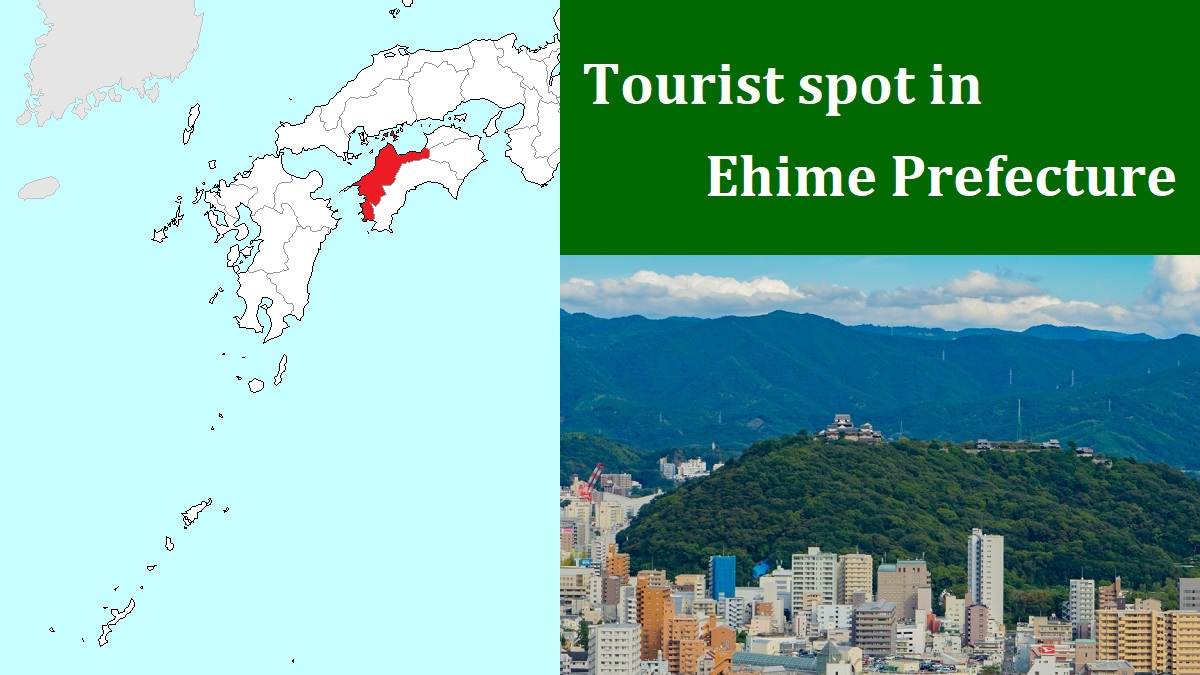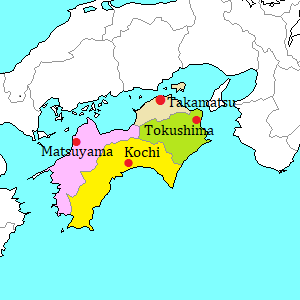Ozu city [大洲]
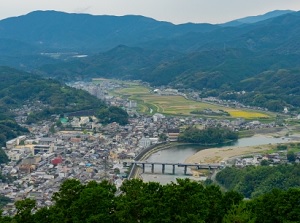
Ozu city and Hiji River
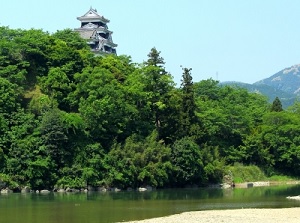
Ozu Castle
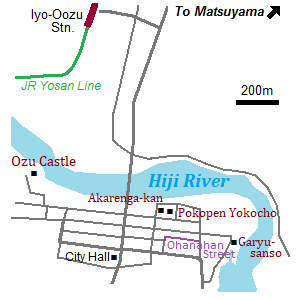
Ozu is a small city in the west part of Ehime Prefecture.
"O" in the word is pronounced long, so it is read as "Ôzu".
It is located about 50 km south-southwest of Matsuyama city, and Uchiko town is about 10 km east of this city.
The city is in the valley formed by meandering Hiji River (肱川).
The main area of the city is on the south side of Hiji River, and JR Iyo-Ozu station is located about 1.5 km north on the north side of the river.
In the 14th century, a castle was built by Hiji River.
Since the 17th century, Ôzu had been the central city around this area, and a castle town was formed.
Hiji River flows through the old town, and the city is filled with Japanese atmosphere.
So this city is called "Little Kyoto in Iyo". ("Iyo" is the old name of Ehime Prefecture.)
There is a district with the buildings built around the 19th century in the east part of the old town.
In 1966, TV drama "Ohanahan" had been broadcast as a morning drama series for a year.
The drama depicted a woman who became a widow, raised her son, and went through her life as a midwife cheerfully from the late 19th to the 20th centuries.
The drama exploded in popularity.
The location of the drama was done around a district in Ôzu, and the name of the drama "Ohanahan" was given to the street.
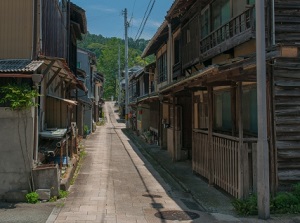
An old street in Ozu city
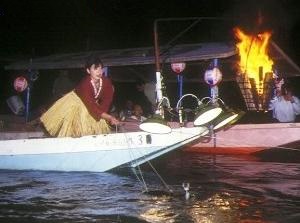
Ukai on Hiji River
Hiji River has clear stream.
In summer, Ukai is held on Hiji River for visitors.
Ukai is a traditional fishing to catch Ayu (Japanese trout) by using tamed cormorants.
Ôzu's Ukai is one of the three major Ukai in Japan, along with Nagara River in Gifu and Mikuma River in Hita.
The visitors can see Ukai performance on the pleasure boat in the evening from June to the middle of September.
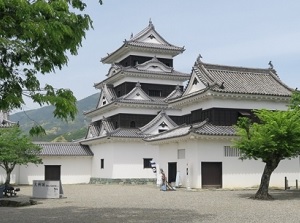
Ozu Castle
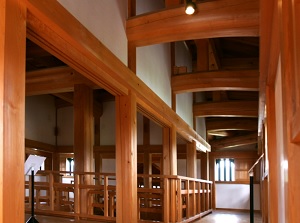
Inside of Ozu Castle
Photo by Ehime Prefecture
Ôzu Castle (大洲城) is located to the northwest of old town and on a hill near Hiji River.
The original castle was built in 1331, and it was enlarged by Todo Takatora (1556-1630) who was a warlord in this area in 1595.
After the end of feudal period, the castle tower and most buildings were demolished by 1888.
Only three small towers by the main castle tower were preserved.
The main castle tower was restored in 2004.
Because a lot of old photoes and the drawings had been left, the original castle tower could be restored almost perfectly.
At that time, it was built of wood with the method and material in the 17th century.
The castle tower is four stories high and the height over the stone wall is about 19 meters.
The area with old buildings in the late 19th century is about 600 meters east of Ôzu Castle.
The area is about 300 meters from east to west and about 200 meters from north to south.
Since 2020, the tourist can stay in the castle tower as "The lord of the Castle".
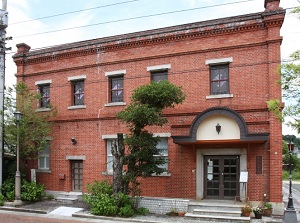
Ozu Akarenga-kan
Photo by Ehime Prefecture
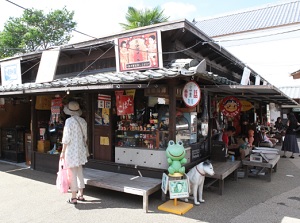
Pokopen Yokocho
Photo by Ehime Prefecture
Ôzu Akarenga-kan (おおず赤煉瓦館) is at the entrance of the old area.
It is a red brick building of a bank built in 1901 and is designated as a city's cultural property.
Now it is used as hall, craftwork shop and gallery.
Pokopen Yokocho (ポコペン横丁) is a street near Akarenga-kan and reproduces Japan's popular town in the 1950s to 60s.
There are several mom-and-pop candy shops, toy shops, antique shop, cafes, etc.
Japanese people over 60 years old feel nostalgia.
It is opened only on Sunday from April to November, and only on third Sunday from December to March.
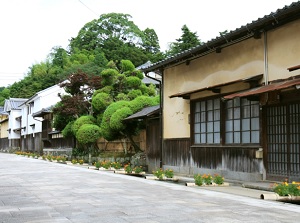
Ohanahan Street
Photo by Ehime Prefecture

Garyu-sanso
Photo by Ehime Prefecture
Ohanahan Street (おはなはん通り) is a street with old buildings around the 18th to 19th centuries, and popular drama "Ohanahan" was shot around here in 1966.
Around this street, there are many old buildings.
There is a rest house in the center of the street, and the photos of the drama are displayed.
Garyû-sansô (臥龍山荘) is a villa built by a wealthy merchant in 1907, and is by Hiji River.
In the site, there are Garyû-in (臥龍院, Main house), Chishian (知止庵, Tea house) and Furouan (不老庵, Observatory room).
And Japanese garden with many trees and mosses is around the houses.
These traditional buildings are designated as prefecture's cultural properties.
How to get here
By JR limited express, about 35 minutes from Matsuyama to Iyo-Ozu.
Then, from Iyo-Ozu station to the old town, about 4 minutes by route bus, about 20 minutes on foot.

